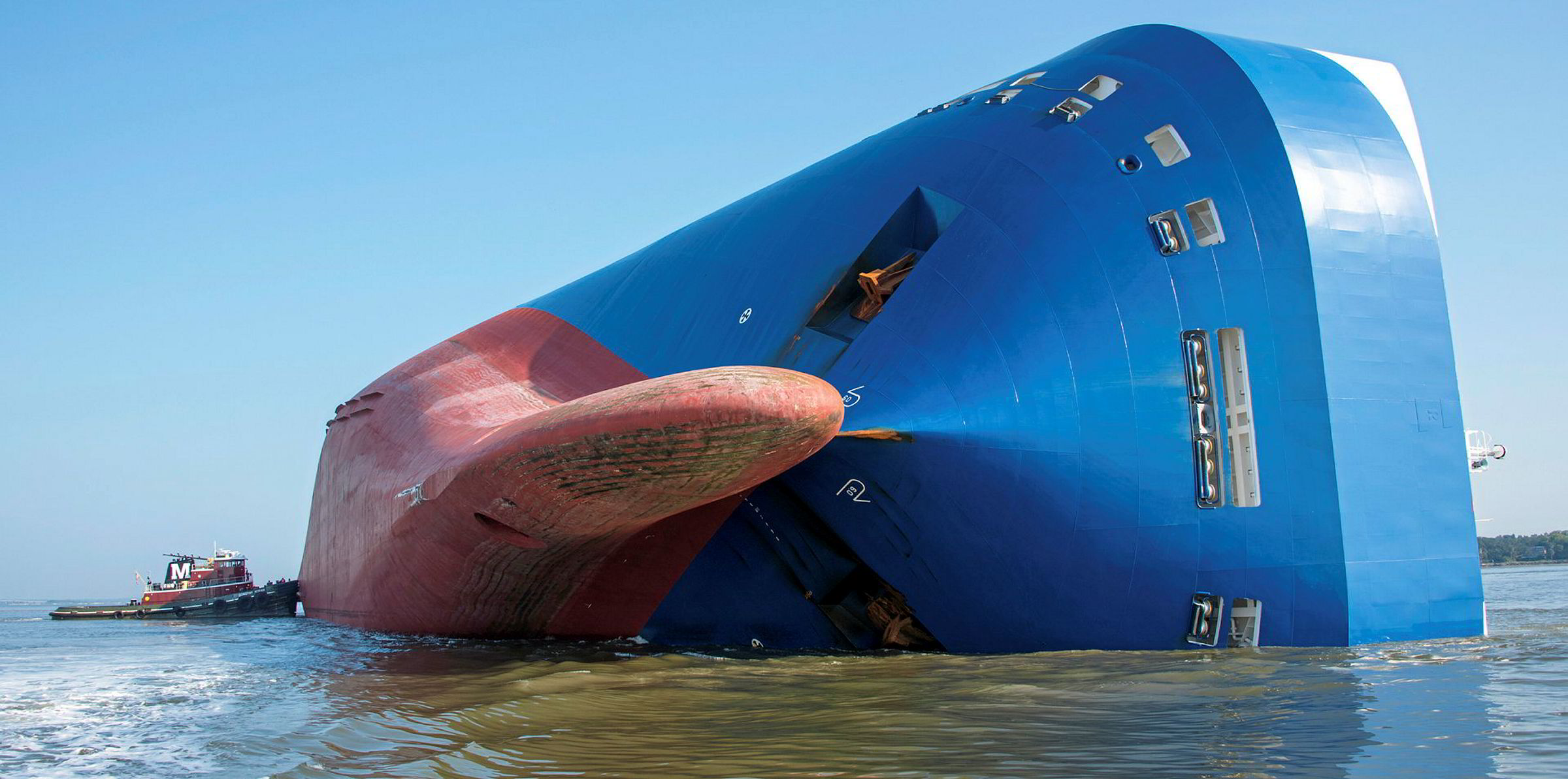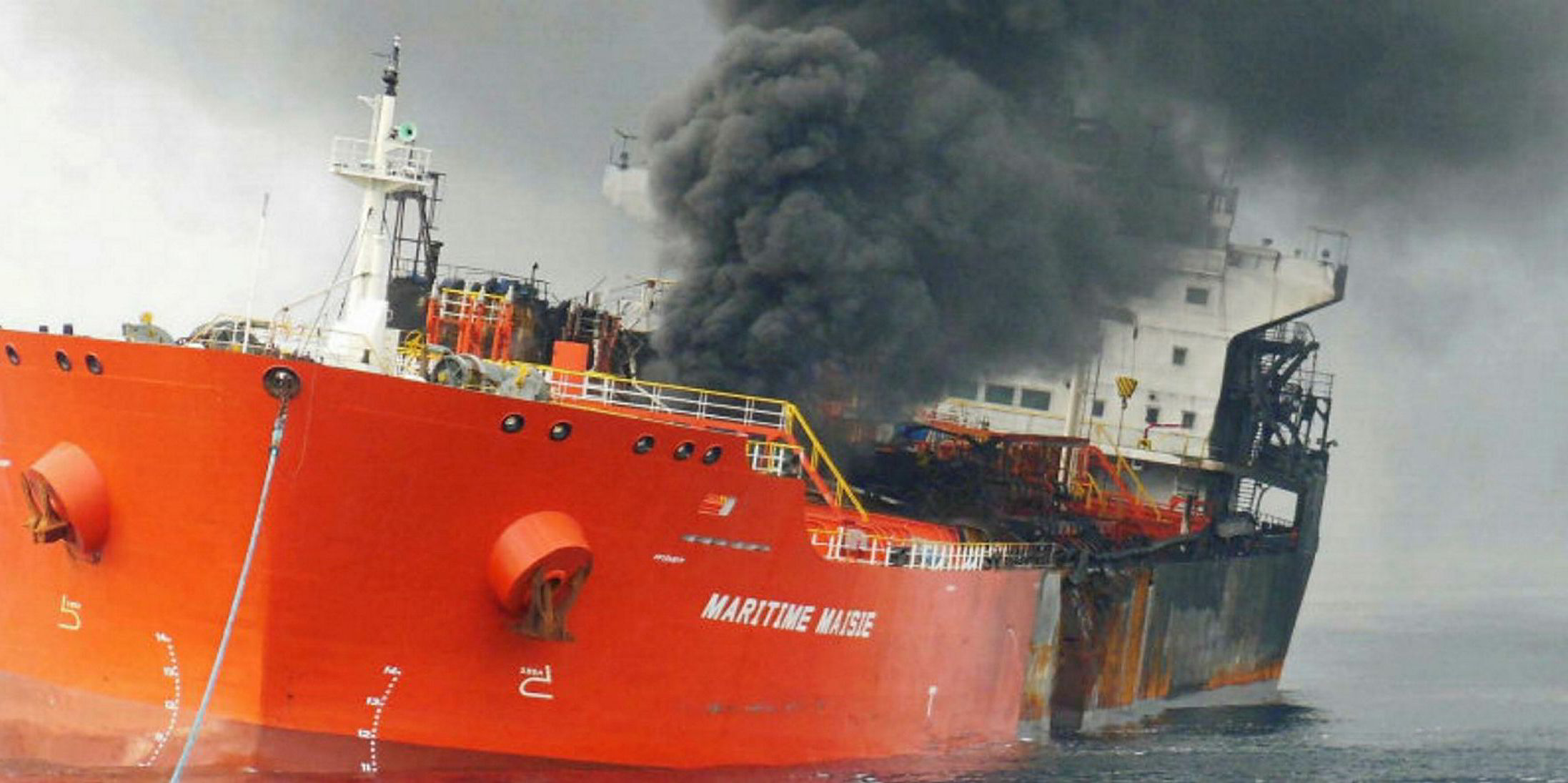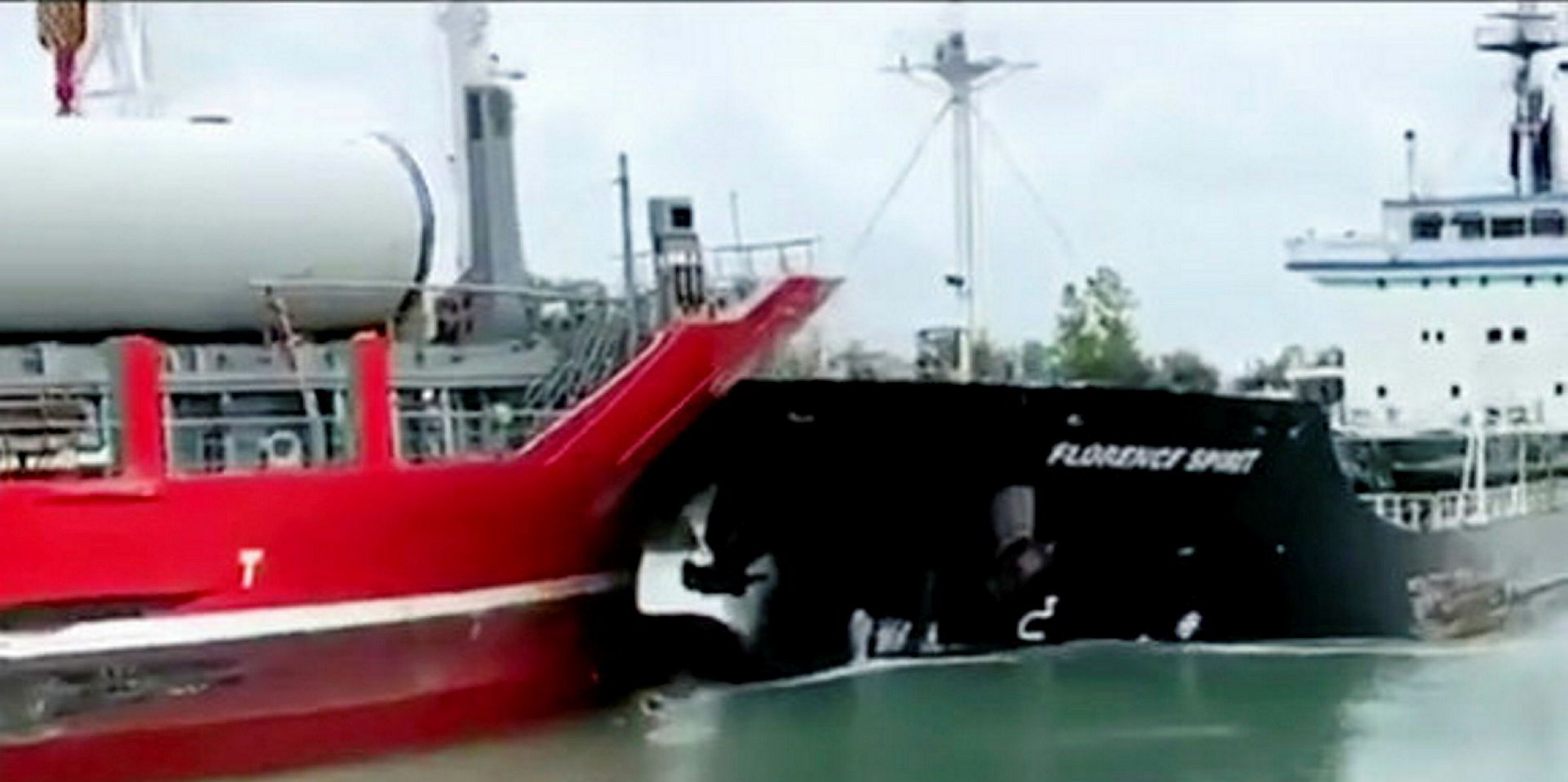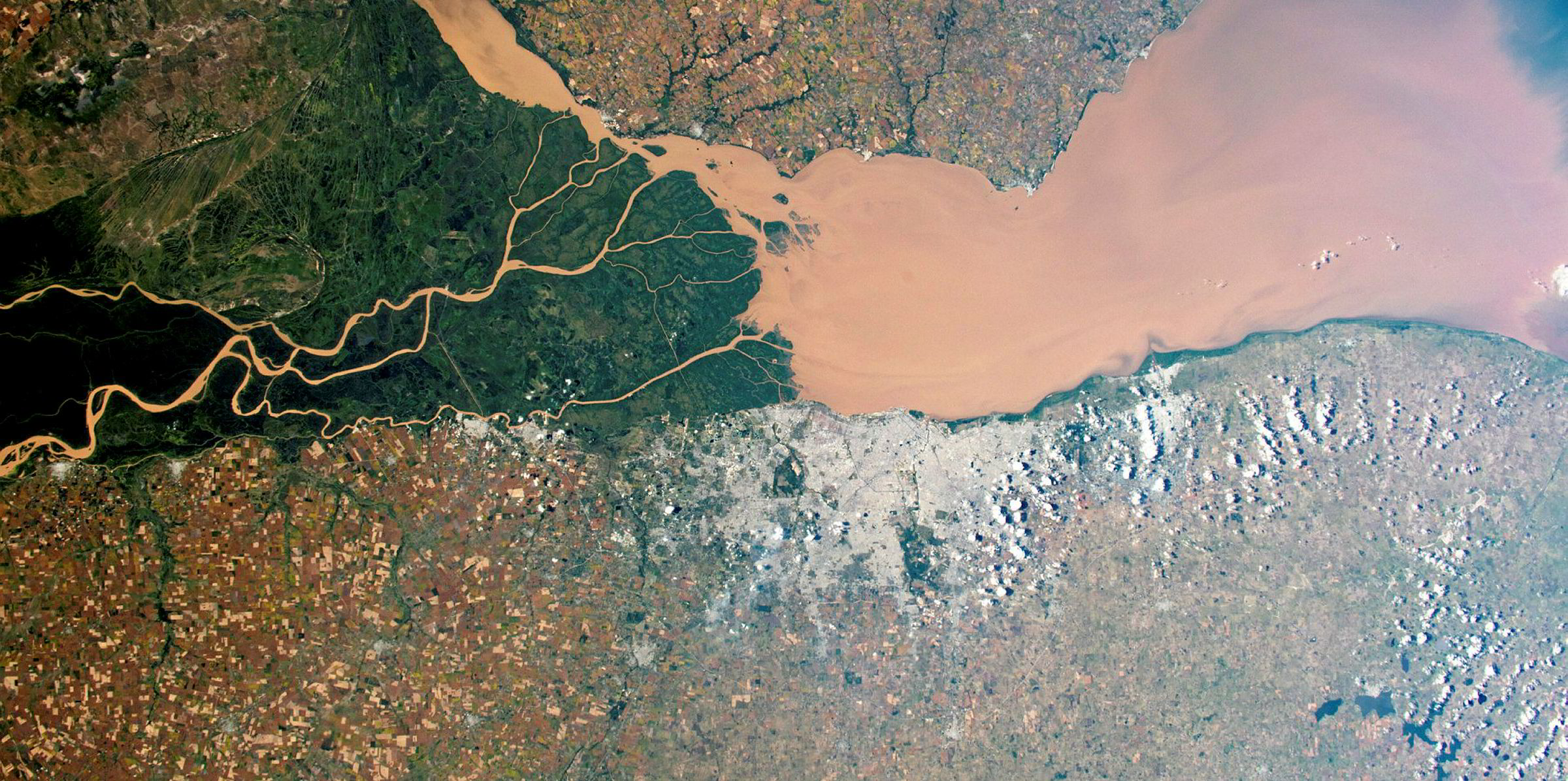Allianz Global Corporate & Specialty (AGCS) believes shipping casualties could increase as the coronavirus pandemic hits safety investment.
A "sustained economic downturn" resulting from lockdowns could threaten long-term improvements and trigger an uptick in losses due to cost-cutting measures, tired crew, idle vessels and weakened emergency response, the insurance group warned in its latest accident survey.
A total of 41 large ships were lost in 2019, down by more than 20% year-on-year from 53 in 2018 — and almost 70% over a decade, the Allianz subsidiary's figures reveal.
This is a record low. Of the cases recorded, 14 incidents occurred in Asian waters, accounting for more than 33% of losses worldwide The overall number of shipping accidents was up at 2,815, as were claims from machinery issues.
"Ro-ro vessel safety is a growing concern," AGCS said.
The annual study analyses reported shipping losses of more than 100 gt.
Bad timing
"Coronavirus has struck at a difficult time for the maritime industry as it seeks to reduce its emissions, navigates issues such as climate change, political risks and piracy, and deals with ongoing problems such as fires on vessels," said Baptiste Ossena, global product leader of hull insurance at AGCS.
"Now the sector also faces the task of operating in a very different world, with the uncertain public health and economic implications of the pandemic."
AGCS said a fall in transits due to the Covid-19 disruption could lower vessel losses in the short term.
But there are plenty of longer-term risks.
Worrying list of risks
The inability to change crews is impacting the welfare of seafarers, which could lead to an increase in human error on board vessels, the company said.
Disruption of essential maintenance and servicing heightens the risk of machinery damage, which is already one of the major causes of insurance claims, AGCS added.
Reduced or delayed statutory surveys and port inspections could also have an effect, leading to unsafe practices or defective equipment going undetected.
Cargo damage and delay are likely as supply chains come under strain, AGCS said.
"The ability to respond quickly to an emergency could also be compromised with consequences for major incidents which are dependent on external support," the insurance firm added.
And the growing number of cruiseships and tankers in lay-up or on storage jobs around the world leaves owners exposed to typhoon-hit areas in Asia or hurricane areas in North America.
Captain Rahul Khanna, global head of marine risk consulting at AGCS, said: "Too many times commercial considerations have endangered vessels and crews and it is vital that this is addressed on shore and on board."
He added: "We know from past downturns that crew and maintenance budgets are among the first areas that can be cut and this can impact the safe operations of vessels and machinery, potentially causing damage or breakdown, which in turn can lead to groundings or collisions.
"It is crucial that safety and maintenance standards are not impacted by any downturn."
Losses reduced
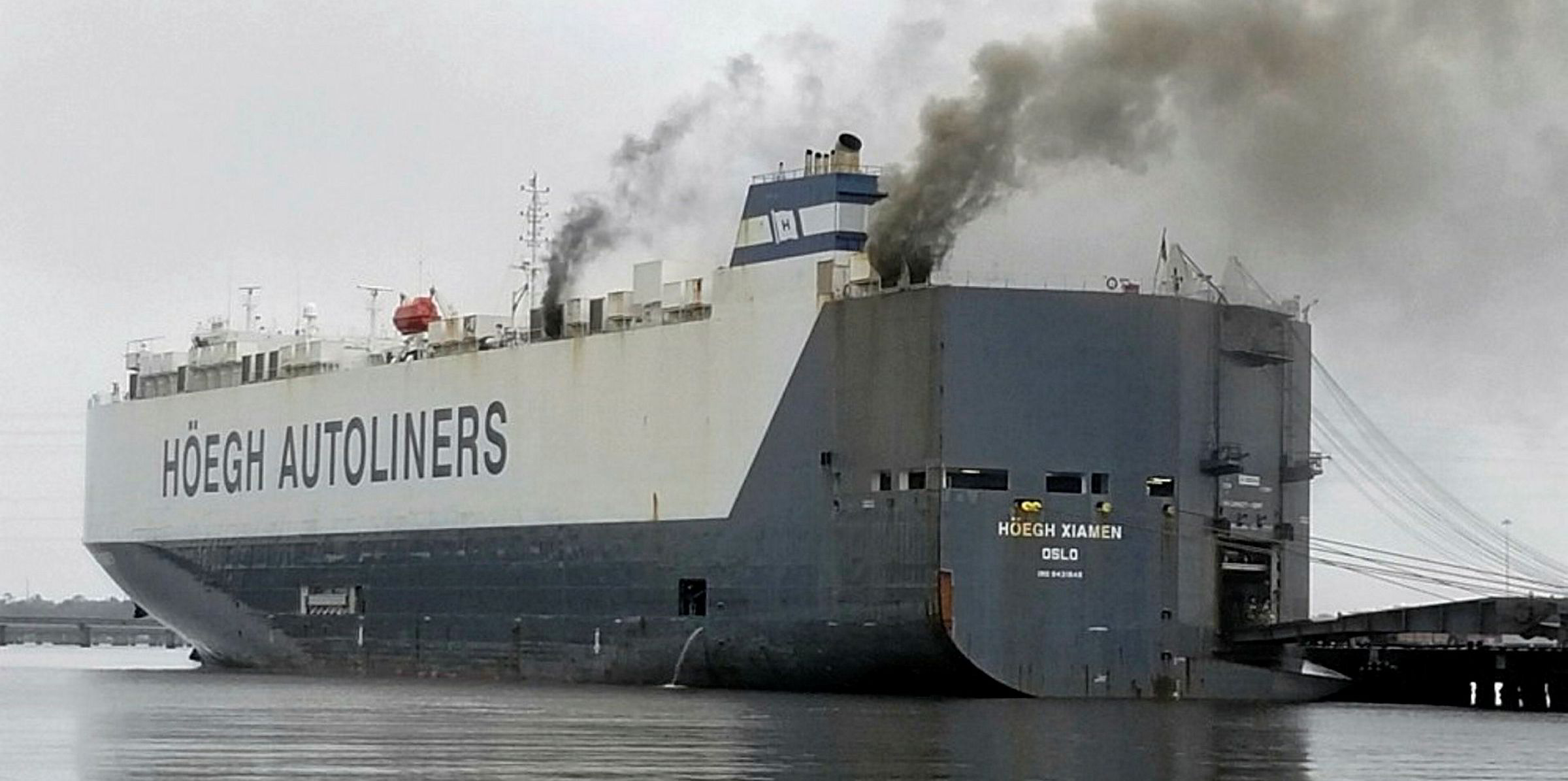
The fall in losses last year was down to sustained efforts in the areas of regulation, training and technological advancement, among others, the company said.
More than 950 shipping losses have been reported since the start of 2010.
South China, Indo-China, Indonesia and the Philippines remain the top loss locations with 12 vessels in 2019 and 228 vessels over the past decade.
This is one in four of all cases.
Japan, South and North Korea and Northern China saw two ships lost in 2019 and is the third-largest loss location overall with 104 since 2010.
"High levels of trade, busy shipping lanes, older fleets, typhoon exposure, and safety issues on some domestic ferry routes are contributing factors. However, in 2019, losses declined for the second successive year, mirroring a global trend," Allianz said.
Cargoships topped the list with 15 losses, most of them in South East Asia.
Sunk or submerged vessels were the main cause, totalling 31. Bad weather was blamed for one in five accidents.
Ro-ro concern
Issues with car carriers and ro-ro tonnage remain among the biggest safety issues, the insurer said.
Total losses involving ro-ros, for example, are up year-on-year. More minor accidents are also on the rise — by 20% in 2019.
This trend is continuing in 2020, Allianz added.
"The rise in number and severity of claims on ro-ro vessels is concerning. Ro-ros can be more exposed to fire and stability issues than other vessels," added Khanna.
"Many have quick turnarounds in port and a number of accident investigations have revealed that pre-sail away stability checks were either not carried out as required, or were based on inaccurate cargo information."
Machinery to blame
The total number of reported shipping incidents rose by 5% to 2,815.
This was driven by machinery damage, which caused more than a third of these.
A rise in incidents in the waters of the British Isles, North Sea, English Channel and Bay of Biscay to 605 meant the region replaced the East Mediterranean as the top hotspot for the first time since 2011.
"We cannot lose sight of the fact that, while total losses have reduced significantly, the total number of incidents increased year-on-year," said Ossena.
"It does not take much for a serious incident to result in a total loss and, hence, the warning signs are there."
AGCS recorded 200 fires on ships in 2019, up 13%, with five total losses.
Mis-declared cargo is a major cause, the firm said.
